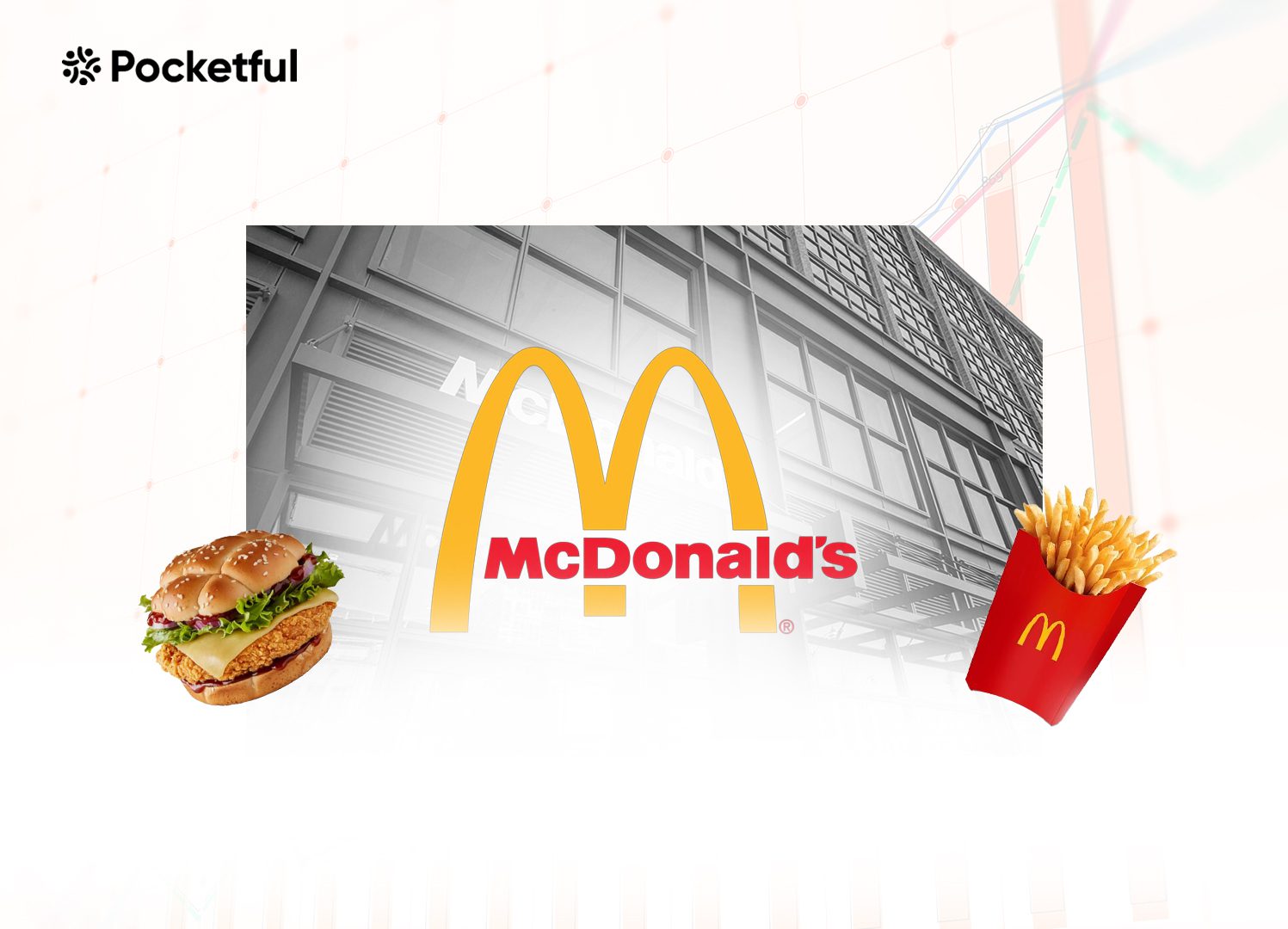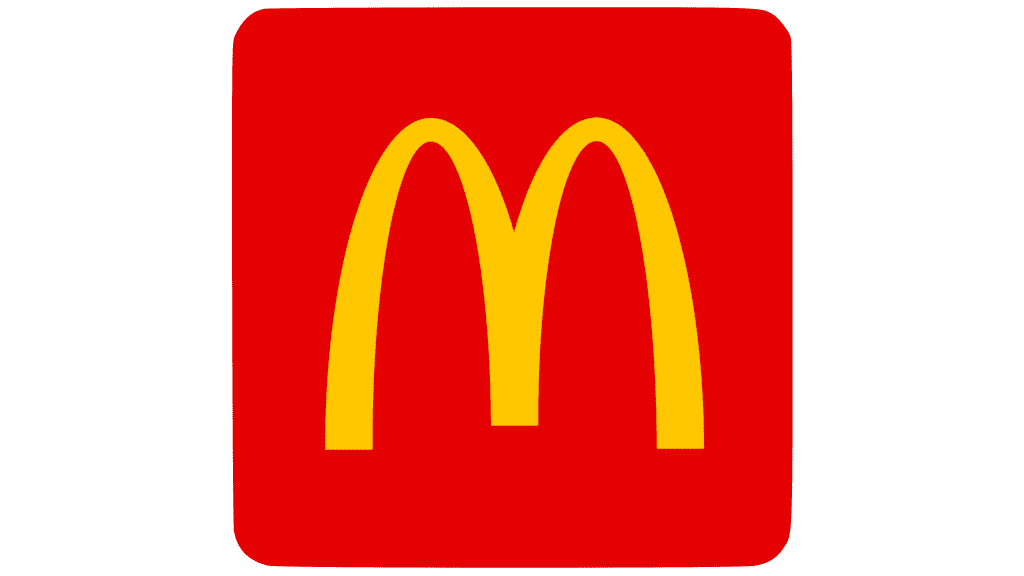| Type | Description | Contributor | Date |
|---|---|---|---|
| Post created | Pocketful Team | Oct-10-24 | |
| Add internal links | Nisha | Feb-27-25 | |
| Add internal links | Nisha | Feb-27-25 |
Read Next
- What Is Quick Commerce? Meaning & How It Works
- Urban Company Case Study: Business Model, Marketing Strategy & SWOT
- Rapido Case Study: Business Model, Marketing Strategy, Financial, and SWOT Analysis
- Trump Tariffs on India: Trade vs Russian Oil
- NTPC vs Power Grid: Business Model, Financials & Future Plans Compared
- Exxaro Tiles Vs Kajaria Tiles
- Adani Power Vs Adani Green – A Comprehensive Analysis
- Blinkit vs Zepto: Which is Better?
- UltraTech Vs Ambuja: Which is Better?
- Tata Technologies Vs TCS: Which is Better?
- Tata vs Reliance: India’s Top Business Giants Compared
- HCL Vs Infosys: Which is Better?
- Wipro Vs Infosys: Which is Better?
- Voltas vs Blue Star: Which is Better?
- SAIL Vs Tata Steel: Which is Better?
- JK Tyre Vs CEAT: Which is Better?
- Lenskart Case Study: History, Marketing Strategies, and SWOT Analysis
- Parle Case Study: Business Model, Marketing Strategy, and SWOT Analysis
- Tata Motors Vs Ashok Leyland: Which is Better?
- Apollo Tyres Ltd. vs Ceat Ltd. – Which is better?
- Blog
- mcdonalds marketing strategy case study
McDonald’s Marketing Strategy – Case Study

McDonald’s is a name that is synonymous with fast food, accessibility, and American culture. McDonalds has come a long way and has become an integral part of people’s lives all over the world. McDonald’s rose from a small-town restaurant in California to a leading global fast-food chain, evolving with people’s preferences along the way.
In this blog, we reveal the story of McDonald’s: its history, evolution, marketing strategies, and challenges they faced in the past.
McDonald’s – An Overview
In 1940, brothers Richard and Maurice McDonald launched a drive-in restaurant in San Bernardino, California, which led to the establishment of McDonald’s. It started as more of a drive-in restaurant with a focus on barbecue food items. However, in 1948, the brothers made a strategic decision to strengthen their business by offering a simplified menu with burgers, fries and beverages to focus on efficiency.

The revolutionary ‘Speedee Service System’ emphasized fast service and low costs, laying the foundation of the fast-food industry we know today. In 1954, Ray Kroc, a traveling salesman specializing in milkshake machines, discovered a restaurant that had immense potential for growth and expansion. Fascinated by the efficiency of the McDonald brothers’ operation, Kroc proposed a franchise model that could spread their fast-food concept across the nation.
In 1955, Kroc joined forces with the McDonald brothers to launch the first franchised McDonald’s restaurant in Illinois. He aggressively grew the franchise model and ultimately acquired the stake of the McDonald brothers for $2.7 million in 1961. His visionary business strategy revolutionized McDonald’s, establishing it as a global fast-food empire characterized by uniformity and consistency across every location. Today, McDonald’s stands as one of the largest and most iconic fast-food chains globally.
Did You Know?
In 1965, the Filet-O-Fish sandwich made its debut as the very first addition to the original menu. Lou Groen, a McDonald’s franchise owner in Cincinnati, developed it to drive sales in the largely Roman Catholic community surrounding his restaurant.
One of Kroc’s most impactful innovations was the establishment of a franchise model that enabled local entrepreneurs to own and manage McDonald’s restaurants, all the while adhering to the strict standards set by the corporation. This model enabled McDonald’s to grow globally without the substantial capital investment usually needed for the extensive expansion.
Read Also: Burger King Case Study: Marketing Strategies, Innovations, and Global Success
Marketing Strategies of McDonald’s
McDonald’s has brilliantly executed its marketing strategies and seamlessly integrated itself into popular culture with memorable slogans such as “I’m Lovin’ It” and beloved mascots like Ronald McDonald.
During the 1060s and 1970s, the company embarked on an aggressive marketing campaign targeting families and children. This initiative included the launch of the Happy Meal, play areas in restaurants, and the establishment of Ronald McDonald House Charities. The company also led innovations like drive-thru services to attract customers in the United States and offered meals tailored to local tastes as it expanded globally.
- Product: McDonald’s provides a wide range of products designed to cater to different tastes and regional preferences. Core offerings include burgers like the Big Mac and Quarter Pounder, along with fries, chicken nuggets, salads, beverages, and desserts. They consistently update their menu with innovative limited-time offerings and local specialities. The quality of their food is an important part of their product strategy.
- Promotion: McDonald’s uses a wide array of promotional strategies, using advertising across television, radio, social media, and digital platforms to reach its audience effectively. They use catchy slogans to build a powerful brand identity. McDonald’s promotions feature discounts, special deals, brand collaborations, sponsorships, and limited-time offers. Engaging their audience through interactive campaigns has allowed the company to maintain a vibrant presence in the fast-food industry.
- Pricing: McDonald’s provides budget-friendly options, ensuring that its offerings are accessible to a wide array of customers. Promotional pricing strategies, such as regular discounts, coupons, and exclusive time-limited offers, effectively draw in customers and boost sales. Bundle pricing featuring combo meals that offer a main item, a side and a drink at reduced cost has become a widely embraced strategy. The price structure allows customers from different income groups to buy meals.
- Locations: McDonald’s restaurants are situated in high-traffic zones, including highways, shopping centers, and educational institutions. The brand holds a presence in almost every country, guaranteeing extensive accessibility for everyone. The franchise model enables swift expansion while accommodating local preferences. The convenience factor is at the heart of their business model, ensuring accessibility through various options such as dine-in, drive-thru, and delivery services.
Challenges Faced by McDonald’s
McDonald’s has encountered several serious issues in the past, one of which is criticism over the nutritional value of its food. McDonald’s became a target of public criticism as customers became aware of the health problems, including obesity, diabetes, and heart disease. Super-Size Me (2004) and other documentaries highlighted the risks associated with consuming too much fast food, which damaged the company’s reputation.
Concerns have also been raised about how McDonald’s activities affect the environment. The company’s high carbon emissions, heavy use of plastic packaging, and contribution to deforestation have been a cause for concern.
The fast-food industry has become increasingly competitive as new businesses like Chipotle, Five Guys, and Shake Shack challenge McDonald’s monopoly in the market. Moreover, there are usual competitors like Wendy’s, KFC, and Burger King. These competitors have capitalized on trends such as personalized meals, high-end fast-casual dining, and healthier food options.
Read Also: Case Study on Westlife: The Rise of McDonalds in India
Conclusion
To conclude, McDonald’s evolution from a drive-in restaurant to a dominant global fast-food empire has been driven by a strategic blend of innovation, savvy marketing, and adaptability. Undoubtedly, the company has faced challenges, including criticisms over the quality of the food, environmental concerns, and strong competition, yet it remains a key player in the fast food industry. By implementing innovative menu strategies, embracing digital transformation, and dedicating itself to sustainability, McDonald’s is poised for ongoing success in the 21st century. In the coming years, McDonald’s must find the right balance between its classic menu items and the growing consumer demand for healthier, more sustainable, and ethically sourced food options to stay relevant among consumers.
Frequently Asked Questions (FAQs)
What is the ‘Speedee Service System’?
The system is a streamlined approach to fast food, which was introduced by McDonald’s in 1948. It focuses on efficiency, speed, and consistency.
How has McDonald’s adapted to changing consumer preferences?
McDonald’s has adapted to changing consumer preferences by introducing healthier menu options, focusing on sustainability, and embracing digital technologies.
How has McDonald’s responded to criticisms regarding the nutritional value of their products?
It has added healthier menu options, such as salads, fruit slices, and grilled chicken with reduced trans fats, and now offers nutritional information.
What makes McDonald’s competitive in the fast-food industry?
It stays competitive by innovating, localizing menus, strategic marketing, value pricing, and using digital tools to enhance customer experience.
What is the Golden Arches?
The Golden Arches is a globally recognized symbol of McDonald’s, representing its distinct brand identity.
Disclaimer
The securities, funds, and strategies discussed in this blog are provided for informational purposes only. They do not represent endorsements or recommendations. Investors should conduct their own research and seek professional advice before making any investment decisions.
Article History
Table of Contents
Toggle